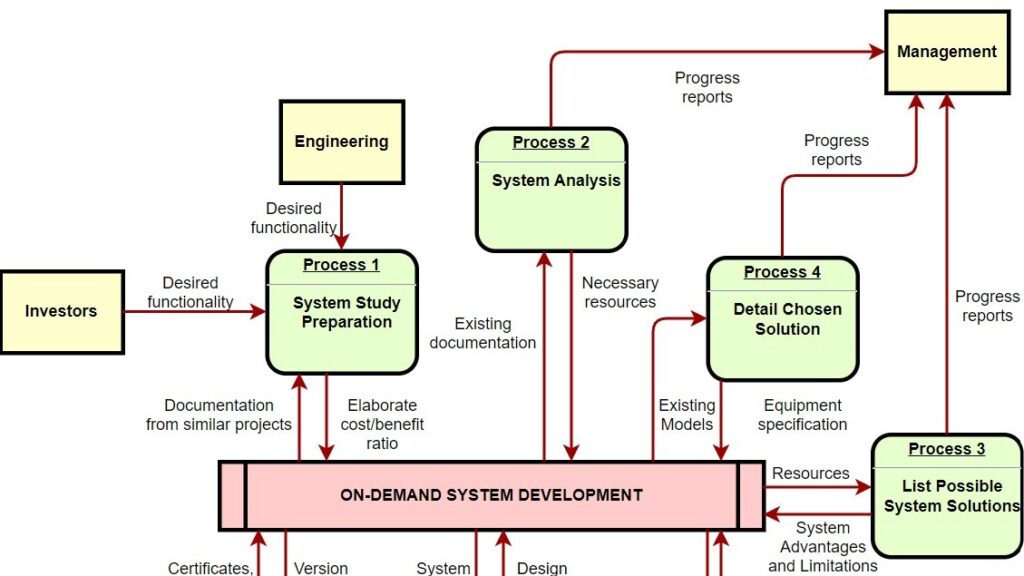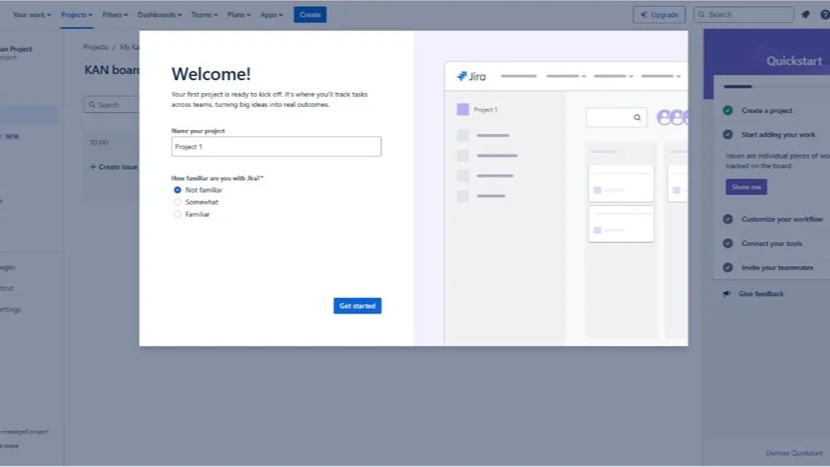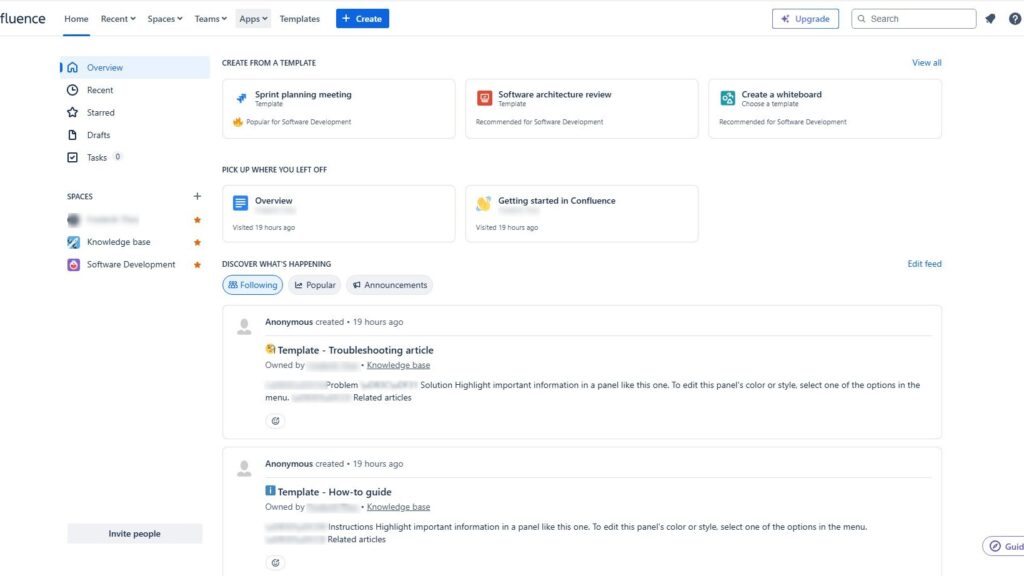A key challenge in requirements engineering and IT business analysis is understanding the full system context. It’s not just about the software being developed but also about how it interacts with surrounding systems. Knowing their roles, dependencies, and operational environments is essential for defining precise requirements. Effective context modeling helps capture these relationships clearly, ensuring alignment between business needs, technical design, and real-world system behavior.
What is Requirements modeling
Requirements modeling is the structured process of representing stakeholder needs, system goals, and constraints using visual or formal models. In requirements engineering and IT business analysis, it serves as a bridge between abstract ideas and concrete system specifications. By using diagrams, structured notations, or models like UML and BPMN, I can clarify complex requirements, identify gaps, and ensure all stakeholders share the same understanding. Effective requirements modeling helps transform business needs into precise, testable, and implementable system requirements.
Understanding the context
First thing to remember, understanding the context isn’t just about the systems. It’s also about the people and roles interacting with the system. Knowing who interacts with the system and what relevant properties they have is essential. Hence, this information helps in defining the system requirements accurately.
For example, in developing new software, one must consider existing software it will interact with. This helps in understanding the interfaces needed. It’s also important to know the users. Different users may have different needs and ways of interacting with the system. Thus, identifying these differences helps in creating a more user-friendly system.
System requirements
Context modeling is typically used in requirements engineering. In essence, it helps in identifying the necessary interfaces between the system under development and its context. And in addition by mapping out these interactions, it becomes easier to understand the system’s requirements.
In my experience, context modeling has been undoubtedly invaluable. It provides a clear picture of the environment in which the system will operate. This clarity helps in foreseeing potential issues and addressing them early in the development process. Henceforth, it ensures that the system will work well within its operational environment.
Communication benefits
Furthermore, context modeling aids in communication. When working with a team, having a model helps everyone understand the system’s context. It serves as a reference point, making discussions more productive. This shared understanding is key to successful collaboration.
Conclusions
In conclusion, understanding the context is a fundamental part of requirements engineering. It involves knowing the related systems and the people interacting with the system. Context modeling is a useful tool in this process. It helps identify necessary interfaces and facilitates better communication within the team. Altogether, by focusing on the context, one can ensure a more robust and user-friendly system.
What’s Next?!
Now that you understand what requirements modeling is and why it plays such a vital role in IT business analysis, it’s time to take the next step. Static models show structure — but dynamic views bring systems to life. They reveal how components interact over time and how processes actually flow. Curious to see how that works? Dive into my next article, “Requirements Modeling with Dynamic Views,” and explore how motion and interaction turn requirements into real understanding.
This text is based on content from the source: International Requirements Engineering Board (ireb.org). The International Requirements Engineering Board is the owner of the copyright.




